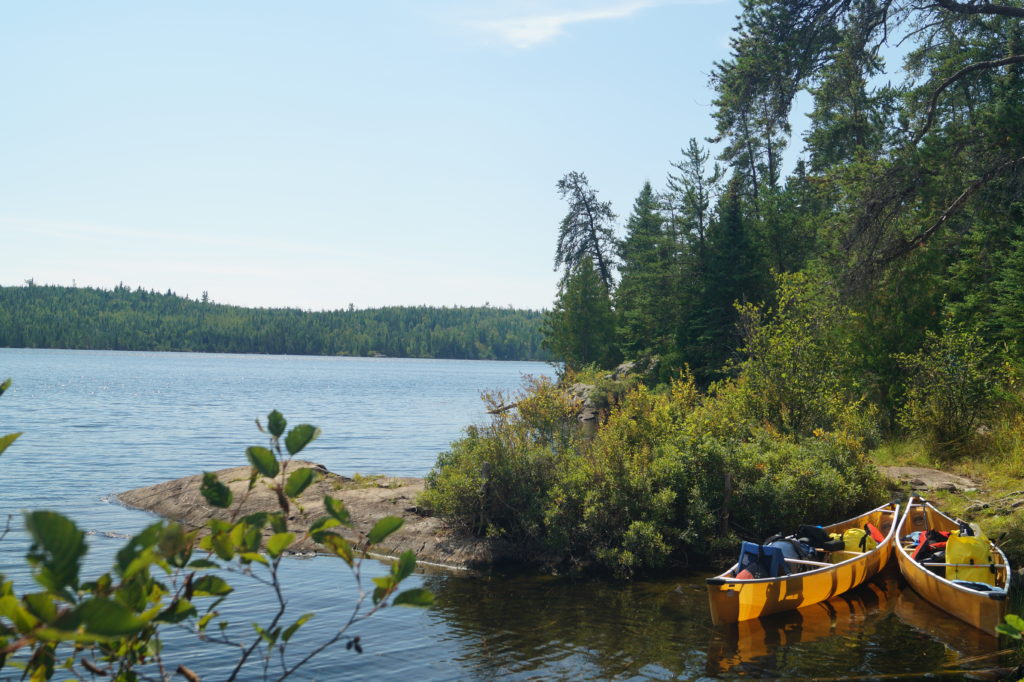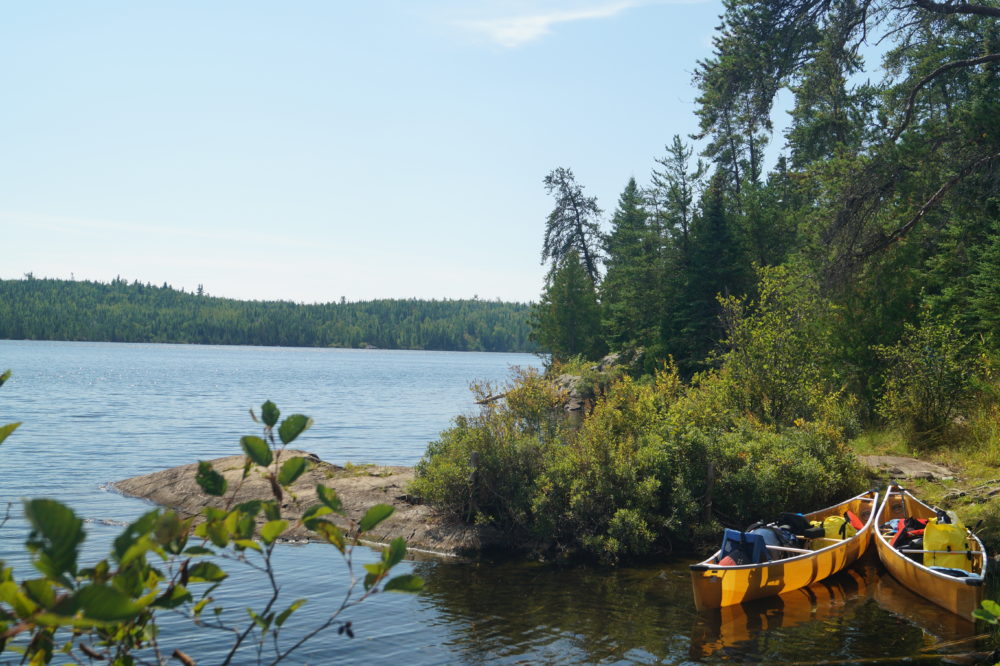A three year battle to keep the Boundary Waters safely preserved

The Boundary Waters Canoe Area Wilderness welcomes 250,000 visitors a year.
Polymet Mining Corporation (a foreign mining company) was on track to build Minnesota’s first ever Copper-Sulfide mine in the state of Minnesota.
Environmental groups, The Fond du Lac Band of Lake Superior Chippewa, communities located down the St. Louis River, and organizations like ‘Friends of the Boundary Waters’ have long been outspoken critics of the proposed mine, echoing findings from the EPA that Copper-Sulfide Mining is the most “toxic industry” in the country.
This type of mining is found to have a high-rate of pipeline leaks, dam failures (Mount Polley Mine in British Columbia is just one example), and the way wastewater is stored can result in acid mine drainage which poisons surrounding groundwater. Critics against the mine also argue that towns such as Ely, Minnesota rely heavily on tourism and outdoor recreation which could be greatly affected if the mine would be green-lighted and granted the needed permits.
Groundwater and watersheds are an integral part in Northern Minnesota’s fragile ecosystem. The mine was proposed to be located in the Lake Superior Watershed. Water from the Lake Superior Watershed naturally moves upstream and is deposited into the Boundary Waters Watershed with streams also leading to deposit in Voyageurs National Park. There is also fear amongst communities located on the St. Louis river that wild rice farming would be at a high risk of becoming contaminated, if ground water were to be affected.
Copper-Sulfide mining is the process of collecting trace amounts of metals such as Nickel and Copper by crushing thousands of pounds of rock in an open pit. This crushed rock (sulfide ore) when mixed with water and oxygen undergo a chemical reaction that creates the byproduct sulfuric acid, commonly known as battery acid.
The dam that was approved by the DNR (prior to the Minnesota Court of Appeals decision) is a tailings dam and is an “earth-fill embankment dam used to store byproducts of mining operations after separating the ore from the gangue. Tailings can be liquid, solid, or a slurry of fine particles, and are usually highly toxic and potentially radioactive.” In fact, this type of dam is now outlawed in Brazil because of its continuous failures and has caused a multitude of deaths because of its collapse rate.
Fast forward to this past week; January 13, The Minnesota Court of Appeals has now overturned three of Polymet’s key permits issued to the mining corporation by the Minnesota DNR in November of 2018. One permit was issued to physically mine near the Boundary Waters in the Lake Superior Watershed and the other two were dam safety permits.
According to the StarTribune, the Minnesota court of appeals ruled that “the permit isn’t clear about the time frame for activities such as mine reclamation and future maintenance of the huge tailings dam for mine waste that will be left behind.”
Shortly after the court’s ruling, a whistleblower has come forth with detailed reporting of the Minnesota Pollution Control Agency (MPCA) having “irregular” dealings with Polymet, in issuing them a permit. The whistleblower claims that state officials belonging to the MPCA who were tasked to “regulate” Polymet, actually worked to co-conspire with the mining corporation to help them succeed in not having to follow regulations belonging to the Clean Water Act and in turn, issued Polymet a clean water permit. The Whistle Blower’s testimony and case are currently being heard this week in a courtroom in St. Paul.
The permits overturned by Polymet are not officially off the table and have been sent back to the DNR for hearings. At least for now, environmental groups can take a deep breath and consider this a win in their battle to protect Northern Minnesota’s watershed (specifically Lake Superior and The Boundary Waters) from toxic copper-sulfide mining.
